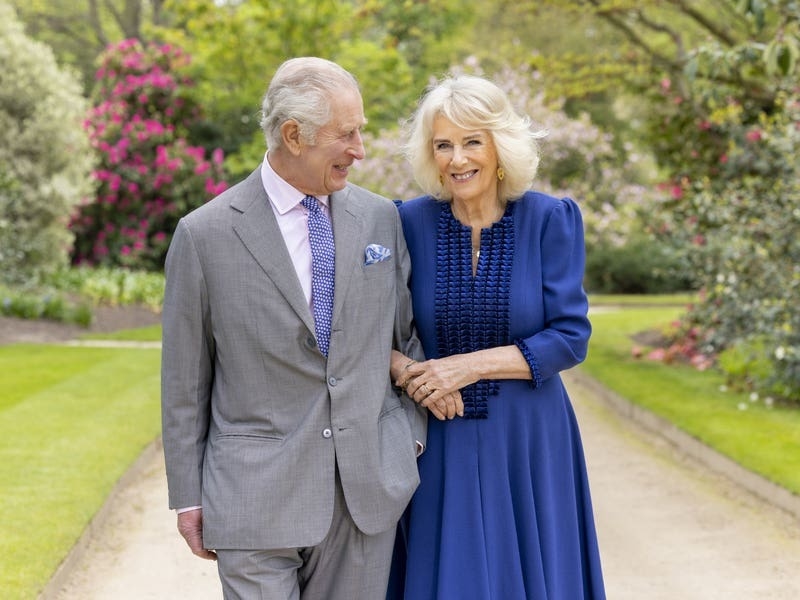More widely known and referred to as St Ouen’s Pond, this site comprises 50 hectares of reed bed, fen, wet meadow and dune grassland, all set within the heart of St Ouen’s Bay and the Jersey National Park.
The pond is doubtless the site’s central feature and is the largest area of natural open water in Jersey. Designation as a Site of Special Interest was awarded in 2007 to reflect the ecological, zoological, botanical and archaeological interests found within the site, all contributing to one of the Island’s best-known and highly prized landscape features. The abundance and variety of plants and animals, together with the rarity of a number of them, give the site substantial ecological value.
In addition to the main pond there are three smaller separate parcels of land on the coastal strip dunes designated as SSIs. The vast majority of these areas are owned and managed by the National Trust for Jersey.
Like wetland sites around the world, the pond is highly susceptible to changes in the quantity and quality of the water on which it is so dependent, and these key aspects are constantly monitored to assess the impacts.
- History
The first record of the pond dates back to 1309, when it was used by the Seigneur of St Ouen to stock fish, and the surrounding land was used as a hunting ground and as a resource for thatching materials. The trust acquired its first small parcel of land in this area in 1972 and has increased the portfolio since then.
Three upright stones known as Les Trois Rocques can be found in the fields to the east of the pond. The history and reasoning behind this monument are not clear but the stones are of non-local granite and are embedded into the latest deposit of blown sand, which probably indicates their placement was after the master menhir masons of the Neolithic Age.
In 2014 the trust opened a purpose-built visitor centre which incorporates a Second World War personnel bunker and a viewing area with stunning panoramic views of the pond from the 16 viewing windows, which are located at a range of different heights, offering adults, children and visitors with disabilities a unique perspective from which to appreciate wildlife.
As well as the Wetland Centre, there is also a bird hide to the south of the pond, known as Eddie’s Hide, which is open to the public all year round.
- Management
Reed cutting: Large areas of the reed bed are cut and burnt on a rotational basis every year around October. This ensures a greater diversity of reed age and height structure, as well as slowing down the process of drying out by reducing the build-up of leaf litter.
Grazing: The rich floral meadows surrounding the pond are grazed during winter to reduce plant height and allow more plants, including orchids, to regrow during the spring. After the flowers have seeded during the summer, the fields are then cut for hay around August.
Willow management: During the winter months, willow trees growing in waterlogged areas are coppiced (cut to ground level) and allowed to re-grow to allow an age and height variation. Areas cut the previous winter will grow into a richer marshy habitat because of an increase in light, which also benefits the diverse vegetation growth and everything dependant on it.
Wildlife: Over 125 species have been recorded, including a number that are rare or of restricted range in Britain or Jersey. The meadows fringing St Ouen’s Pond burst into colour at the end of May with over 40,000 blooming orchids. The most spectacular and widely known of these meadows is Le Noir Pré to the north of the pond, where five orchid species thrive: the southern marsh orchid, the pyramidal orchid, the common spotted orchid, the heath spotted orchid and the Jersey (or loose-flowered) orchid.
The reed bed is not rich in flowers but it is the largest area of common reed and the only location for saw-sedge in the Island. The fields that lie beyond the reed bed range from permanently or seasonally waterlogged wet meadows through to relatively dry sandy grassland similar to those found on the nearby dunes of Les Blanches Banques SSI.
Around 200 different bird species have been recorded around the pond that breed, winter or pass through on migration, attracted by the range of different habitats and the protection offered by the extensive reed beds. The secretive and charismatic bearded reedling and great bittern are just two of the uncommon birds which lurk amongst the reeds, the latter being an overwintering visitor from Europe. Also, in recent years the marsh harrier has become a familiar sight commanding the skies above the wetlands. St Ouen’s Pond perhaps is best known for the numbers and variety of migrating and overwintering wildfowl and wading birds, with ducks such as pintail, teal and garganey, and waders including the spotted crake and the spoonbill, with its uniquely shaped bill for sifting food from the water, may be seen.
Both resident species of shrew (lesser white-toothed and Millet’s) and the Jersey bank vole, Jersey’s very own endemic species, are resident on the site.
Five species of bat, the common pipistrelle, Nathusius’s pipistrelle, Kuhl’s pipistrelle, the soprano pipistrelle and the grey long-eared bat, have been seen around the pond, which offers an abundance of insect prey to sustain them. Swallows and sand martins can also be seen hunting these insects above the water surface in the summer months.
The site is also very valuable for the diversity of invertebrates. 12 species of beetles and bugs so far recorded here are nationally rare in the UK. Several species of dragonfly, including southern migrant hawker, and a wide variety of butterflies and moths have been recorded, including the brown argus butterfly and the colourful small elephant hawk-moth, whose name is derived from the caterpillar’s resemblance to an elephant’s trunk.
Reptiles and amphibians add to the site’s vibrancy, with the green lizard, common toad, grass snake, slow-worm and palmate newt being able to make their home there.
The types of fish recorded in the pond include carp (common and mirror), rudd, tench, roach, perch and the freshwater eel, which migrates annually to the Atlantic Ocean to breed in the Sargasso Sea and is now classified as critically endangered across its European range.
- Visiting
There is limited public access to the site because of the reserve’s sensitivity and potential dangers associated with wetlands. However, the trust does provide opportunities to visit with organised events such as The Love Nature Festival, Orchid Field Open Day, Bug Safari walks and educational field trips. There are some footpath networks across the dune grassland to the north of the pond. The number of interesting birds seen in the area increases every year and there is always a sense of excitement for the casual visitor not quite knowing what treats may await them.
Parking for cars and bikes is available above L’Ouzière slipway across the road from the Wetland Visitor Centre. If travelling by bus the route numbers 12 and 22 will stop alongside the Wetland Centre.
- The next SSI focus article will be on the woodland and wet meadow site at Le Petit Pré.






